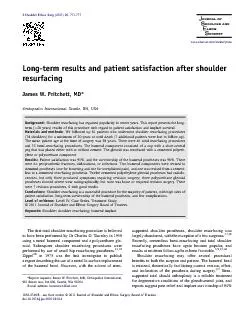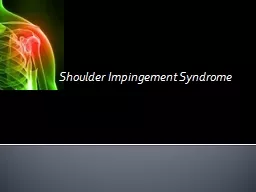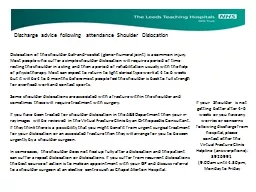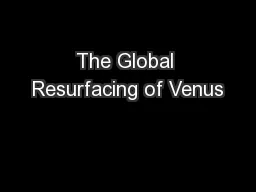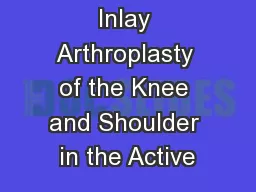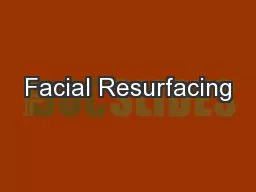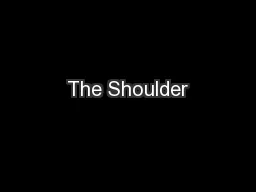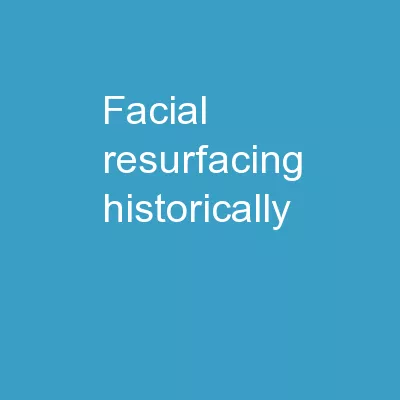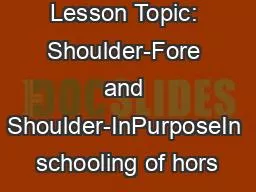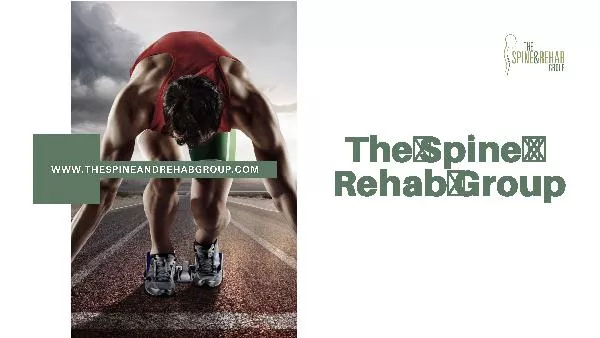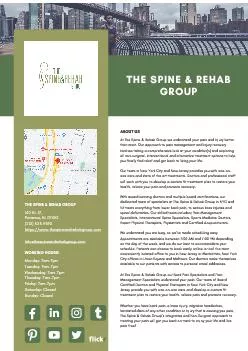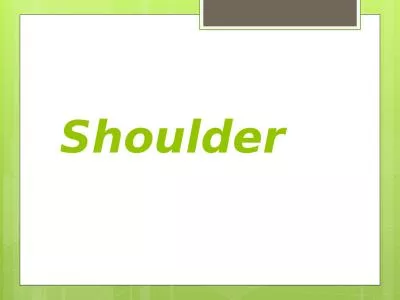PDF-Shoulder resurfacing is an attractive concept be
Author : ellena-manuel | Published Date : 2015-10-11
Abstract cause it preserves rather than removes the humer al head With a less invasive surgery there is the promise of better function as well as a less difcult
Presentation Embed Code
Download Presentation
Download Presentation The PPT/PDF document "Shoulder resurfacing is an attractive co..." is the property of its rightful owner. Permission is granted to download and print the materials on this website for personal, non-commercial use only, and to display it on your personal computer provided you do not modify the materials and that you retain all copyright notices contained in the materials. By downloading content from our website, you accept the terms of this agreement.
Shoulder resurfacing is an attractive concept be: Transcript
Download Rules Of Document
"Shoulder resurfacing is an attractive concept be"The content belongs to its owner. You may download and print it for personal use, without modification, and keep all copyright notices. By downloading, you agree to these terms.
Related Documents

